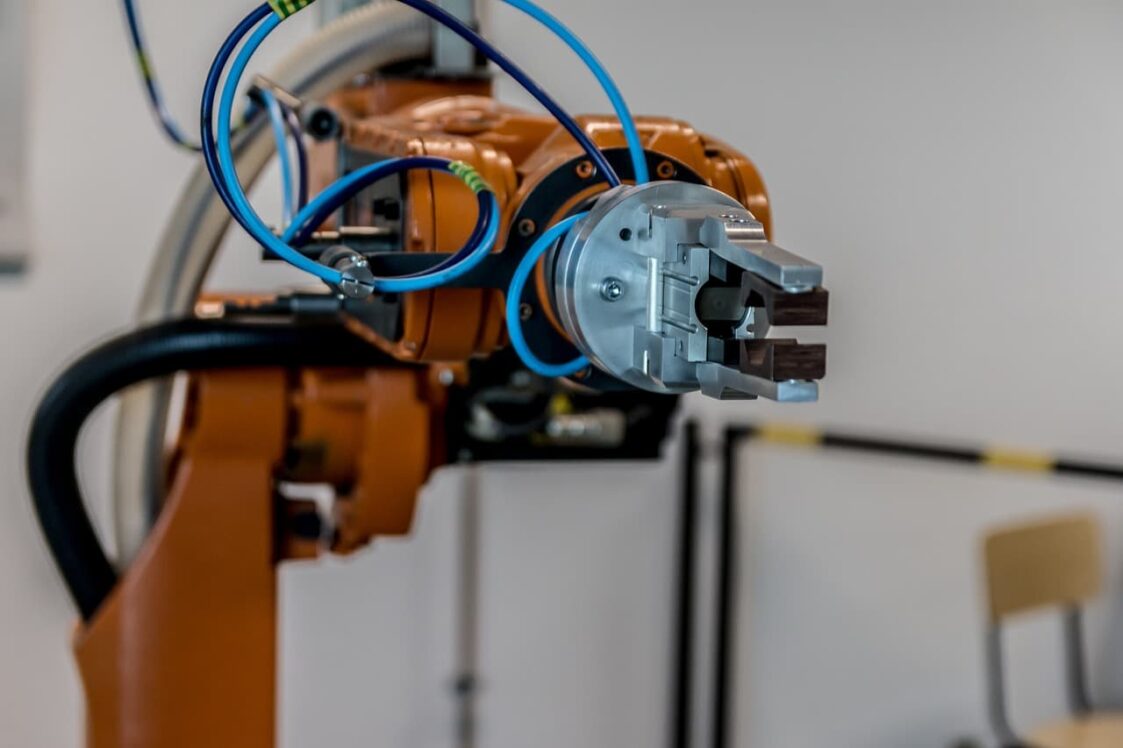The job market is changing fast, and one of the biggest reasons is robots. From assembly lines to customer service chatbots, machines are taking over tasks once done by people. Some see this as a threat. Others see it as a chance to do new and better things. We think the truth sits somewhere in the middle. Let’s explain.
When Robots and Gambling Collide
It might seem odd at first, but the gambling industry is one place robots are making big moves. Behind the scenes, smart software and robotic systems are helping developers test games, spot bugs, and speed up design.
These tools aren’t taking over the jobs of creative designers. Instead, they’re doing the repetitive work, allowing humans to focus on ideas and user experience.
For example, robots can simulate thousands of spins on a new slot game to check fairness and payout ratios. That used to take hours of manual testing. Now, it’s done in minutes. This means faster launches, fewer mistakes, and better games overall.
Even customer support is shifting. Chatbots powered by AI handle basic requests, leaving more complex cases to human staff. And this balance is showing up in other industries, letting humans do the work that needs a human touch.
What the Numbers Say
Of course, automation affects jobs. A report from the World Economic Forum predicts that 85 million jobs may be displaced by automation by 2025. But at the same time, 97 million new roles could be created.
These new roles will focus on skills like programming, problem-solving and creativity.
In the gambling industry, it’s already happening. While some positions are being phased out, new ones are popping up in data analytics, cybersecurity, and AI training. Early adopters, such as platforms with offers like no deposit bonus kasynoonlineautomaty.pl, are also integrating automated systems to improve game testing and performance tracking.
People with skills in robotics in gaming are now key players in teams that build and maintain casino platforms. This trend reflects a bigger shift in the job market: routine work is shrinking, while specialized, tech-focused roles are growing.
Jobs aren’t disappearing; more like changing.
Robots Are Good at Some Jobs

Robots are fast, accurate, and tireless. That makes them perfect for jobs that are boring or repetitive. Think warehouse sorting, machine assembly or software testing.
But they’re not great at everything like showing empathy, building relationships, or making tough judgment calls. In gambling, a robot can track user activity and flag suspicious patterns, but it can’t design a loyalty program that makes players feel valued.
That still takes a person who understands people.
The same goes for other industries. In healthcare, for instance, robots can assist with surgery, but the comfort and care patients need come from humans. Education works the same way. Robots can grade multiple-choice tests but real teaching requires patience, emotion and creativity.
Jobs Are Simply Changing
Robots taking over repetitive work simply means the need for new skills is rising. People who learn to work with machines, not against them, are more likely to thrive.
In game development, AI tools and robotic systems help speed up the process, but humans still lead the creative vision. Same as customer service. Chatbots handle quick questions but complex issues go to trained staff.
The main difference today is that employees are being asked to bring more to the table. More thinking, more creativity, certainly more flexibility.
The Future Is a Mix of Man and Machine
Robots are here to stay, and their impact on the job market will keep growing. But that doesn’t mean there’s no place for people. Only that the kind of work people do will change. We’ll see more jobs where humans and machines work side by side.
In the gambling world, this might look like AI suggesting game updates while humans make the final design choices. Or a robot tracking play data, while a team of analysts finds ways to improve user experience.
In the end, when humans and robots work together, the result becomes faster progress and better outcomes for everyone.
